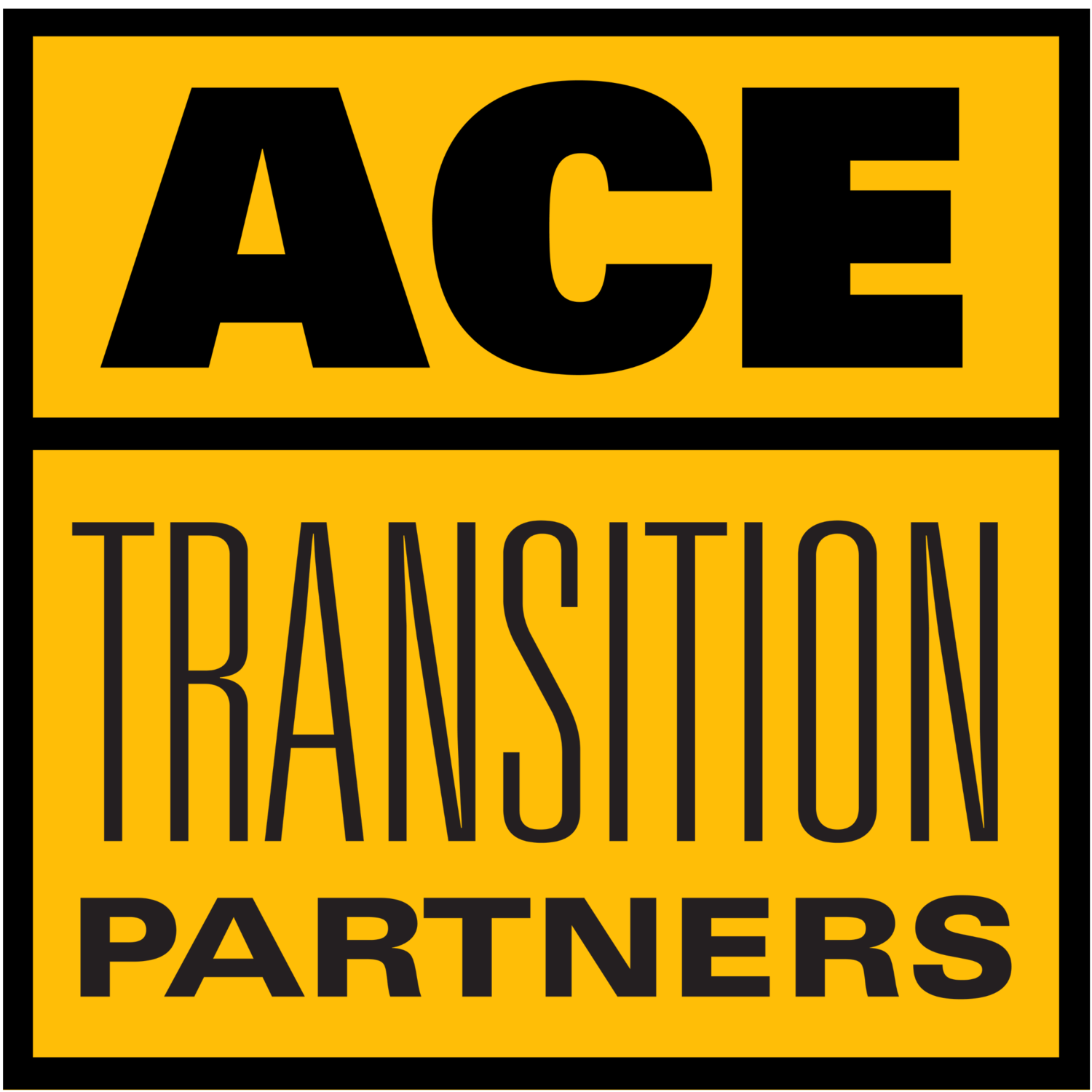Family-based care (noun):
A continuum of care for orphaned and vulnerable children that can include biological parents, extended family members, and foster or adoptive families. It does not include ‘family style’ group homes, or temporary residential care.
Hear from expert practitioners.
The ACE Zambia team has built a strong proof of concept and restored thousands of children to family since 1998. Below, the team addresses common questions from institutions that are considering a transition.
Institutions and reintegration
Daisy Muzukutwa, Executive Director, ACE Zambia, addresses the following questions:
Financial viability of reintegration
Future of institutional staff after the transition
Where to begin when considering a transition
Families and reintegration
Chilala Shilimi Nyendwa, Manager of the Family Preservation and Empowerment Program, ACE Zambia, addresses the following questions:
Social stigma facing reintegrated children
Ability of families to financially support their children; and how organizations might respond when families cannot
Child safety outside of institutional care
Adoption and Foster Care
Simon Kanyembo, Director of Social Services, ACE Zambia, addresses the following questions:
Why child welfare organizations should prefer family-based care to institutional care
Response to children who are abandoned or unable to be reintegrated
Learn the facts about family-based care.
Up to 80% of children in institutions have living family.
Many of these living family members love their children and would raise them at home, but they lack the material resources or social access needed to sustain their children’s lives.
Studies show that institutionalized children experience lifelong higher risks of material poverty, abuse, early death, or the inability to form healthy adult attachments with self or other.
Institutional care costs significantly more than family-based care and social services. In a recent study, our team found that family-based care was both operationally more effective and led to better outcomes for children. Consider the data below.
Annual cost in USD per beneficiary:
Nutrition, primary education, secondary education, reunification, and fostering/adoption belong to our continuum of family-based care programs, versus the House of Moses and Bill and Bette, our crisis nurseries.
Average developmental outcomes, family-based vs. institution:
The red bars reflect developmental outcomes for children in residential care, versus the yellow bars for children in family environments.
This research demonstrates positive results from family-based care for both an organization and child.
Children in institutional care were not able to reach 50% on three out of four developmental milestones. In contrast, children raised for their first 18 months outside of an institution were able to realize 85% or above on three of four milestones, and above 65% on all milestones.
- “Case Study on Family-Based Care,” Alliance for Children Everywhere, October 2020.
A family-based model of care may include prevention and response programs.
Prevention
Family-based prevention programs address the root causes of child abandonment before disruption occurs. Our proof of concept prevents disruption through nutrition, primary school, and secondary school programs.
Response
Family-based response programs restore children to family after disruption occurs. We respond to disruption through reunification, fostering, and adoption.
Institution
Institutional programs physically and emotionally protect children after disruption occurs through short- and long-term residential care. We operate two temporary crisis nurseries in Lusaka for children aged newborn to six years old.
Learn from global leaders in the movement.
ACE Transition Partners
“Case Study on Family-Based Care,” Alliance for Children Everywhere, October 2020.
“A Better Path: Family Based Care,” a case study summary by Alliance for Children Everywhere, October 2020.
Additional resources
“Care reform,” Practitioner Library, Better Care Network.
“Replicable models for transition to family-based care,” Christian Alliance for Orphans, 2015.








